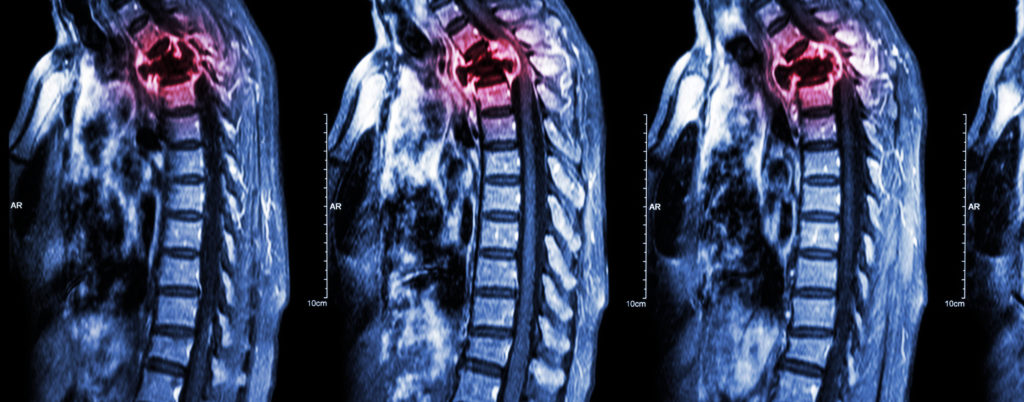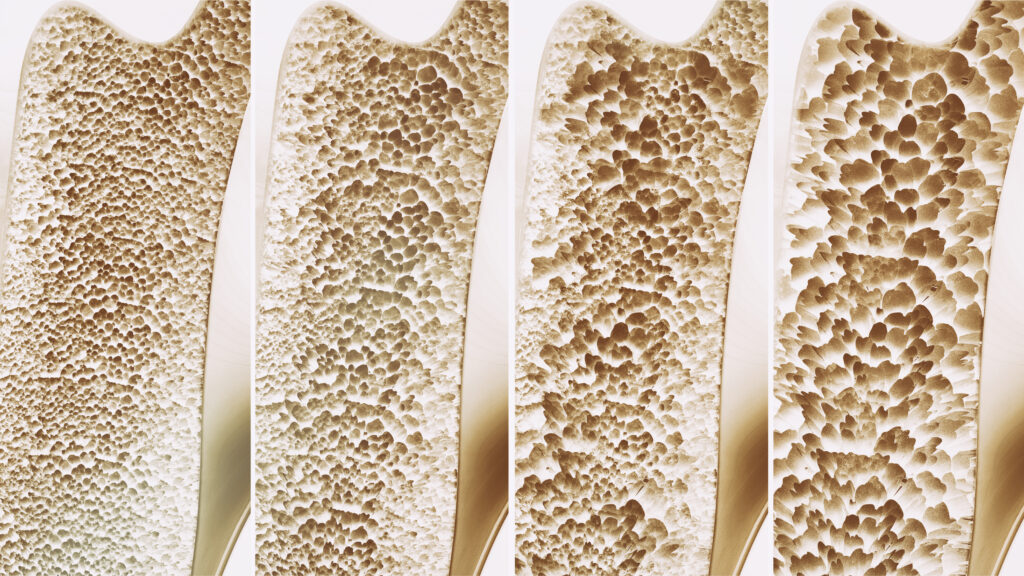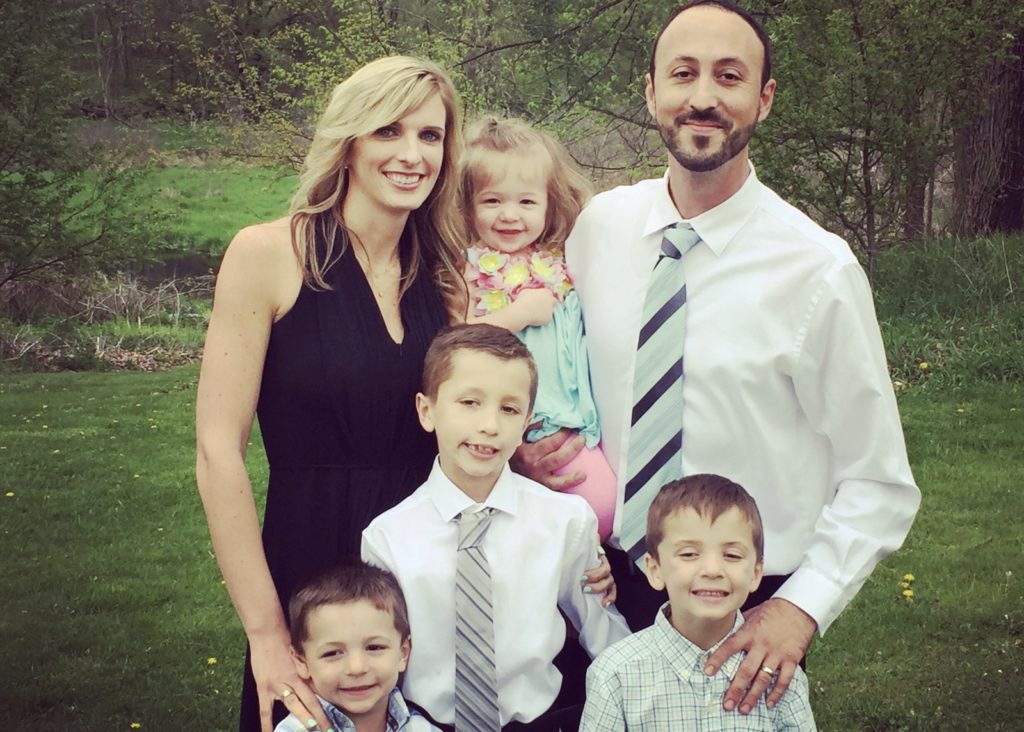Bone and soft tissue tumors are rare, and have a complicated mix of clinical behaviors. There are a variety of types and each one has its own particular treatment and patient outcome.
Anatomy
Bone and soft tissue tumors are classified by their cell or tissue type and their ability to spread beyond the original site. Therefore, bone and soft tissue tumors fall into two major categories: benign (unable to spread) or malignant (able to spread to other parts of the body). Benign tumors are not life threatening, while malignant tumors may be.
Cause
The cause of most bone tumors is unknown. An injury can sometimes cause a tumor to start hurting; however, a bone tumor does not develop due to this injury. Injury can also cause a bone that is weakened by a tumor to fracture or break. This may be severely painful.
Occasionally, benign tumors may be discovered when an X-ray is taken for another reason, such as a sprained ankle or knee injury.
Symptoms
- Pain in the area of the tumor
- Dull and aching discomfort that may worsen at night and sometimes increases with activity
- Fever and night sweats
- Many patients will not experience any symptoms, but will note a painless mass instead
Physician examination
To determine whether you have a bone tumor, your physician will ask you for a complete medical history including if you have a family member that has a history of any tumor or cancer, have you describe your symptoms and conduct a physical examination. An X-ray or MRI will be necessary to diagnose the bone tumor.
Make an appointment with an bone tumor and soft tissue oncology specialist
Treatment
Benign tumors, which are a majority of the tumor referrals orthopedic specialists see, may heal or resolve on their own. Sometimes they are left alone and monitored over the years; other times, they respond well to minor surgery, especially if they are causing symptoms, such as pain. If the pain goes untreated it could lead to fractures or injuries of an underlying bone or surrounding soft tissue, blood vessels and nerves.
Bone and soft tissue malignant tumors are a relatively rare form of cancer that often require treatment with drugs, and/or radiation therapy and major surgery. Each kind of bone sarcoma has a different treatment plan.
Years ago, surgery meant amputation. Now surgery involves complete removal of the tumor and a small amount of normal and reactive surrounding tissue, with options to spare the limb. These options involve replacing the tumor bone with a donor bone and securing it in place with a metal plate and screws, or replacing the tumor bone with a metal prosthesis. An amputation may be necessary in extreme cases if the tumor invades surrounding blood vessels and nerves.
Rehabilitation
The length and complexity of your recovery depends on the type of tumor and the procedure that was performed. After treatment, regular follow-up appointments with your physician will be necessary to confirm the tumor is gone.
Learn more about orthopedic oncology care
Schedule an appointment
Your well-being is important to us. Click the button below or call us to schedule an appointment with one of our orthopedic specialists. If your injury or condition is recent, you can walk right into one of our OrthoIndy Urgent Care locations for immediate care. For rehabilitation and physical therapy, no referral is needed to see one of our physical therapists.




